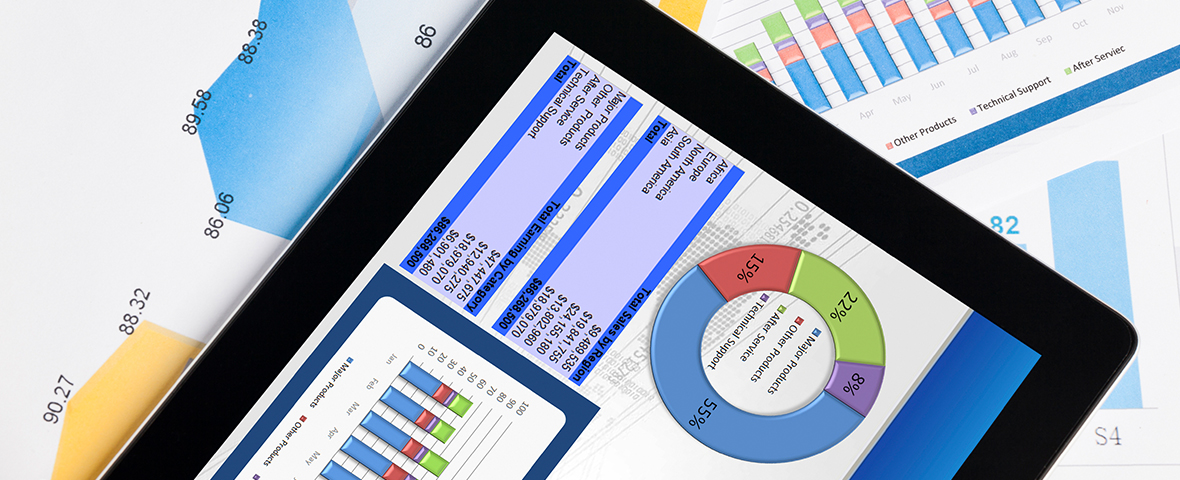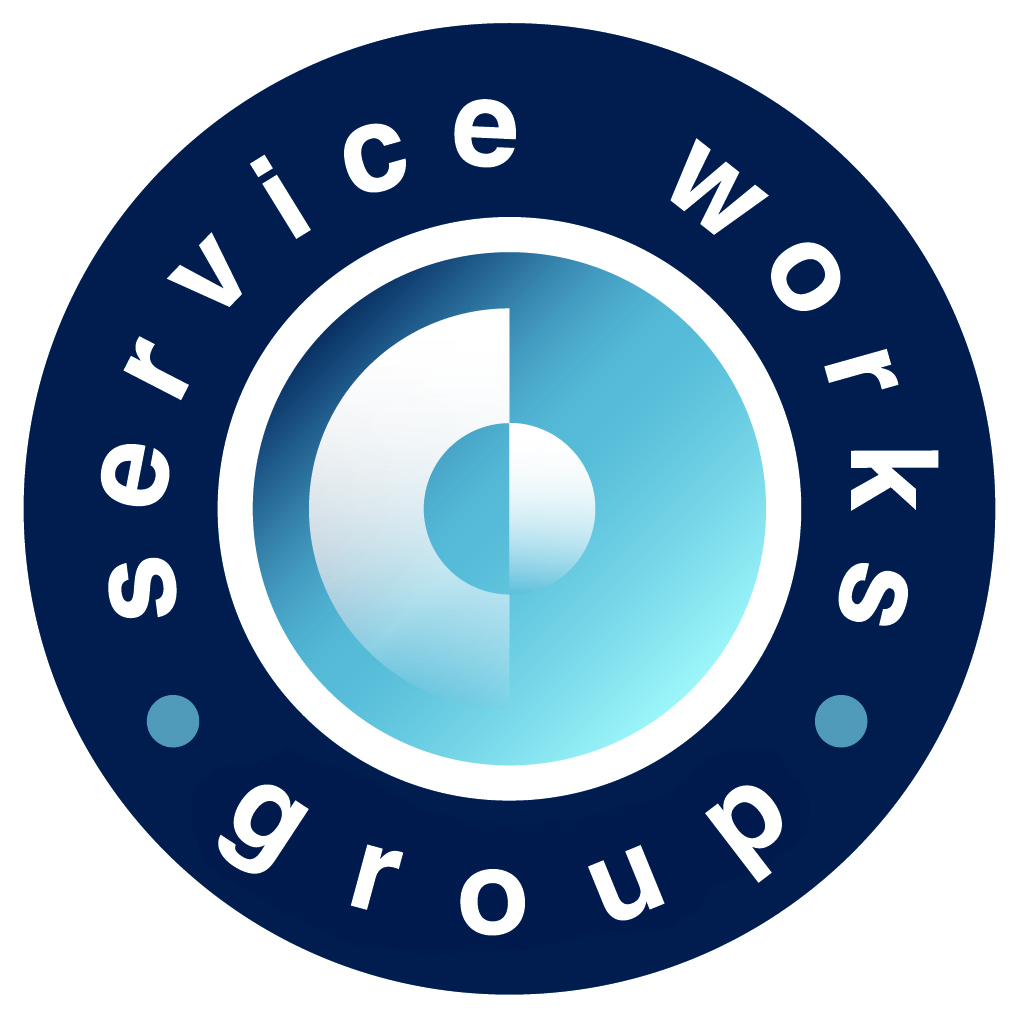Recent developments in technology have led to vast time savings for facilities managers, as well as more cost-effective resource and asset management. While some companies rely on paper-based systems or spreadsheets to manage their facilities, CAFM (Computer Aided Facilities Management) software is increasingly being implemented as a more secure, powerful alternative. CAFM software manages the complex data associated with each individual asset and provides clear reports for the facilities manager to create predictive maintenance schedules, highlight the most cost-effective method of maintaining an asset and create a link between the asset and its components for maintenance and refurbishment purposes. Advancements in technology, such as mobile, have complemented CAFM software, further streamlining the asset management process.
CAFM apps
Mobile and tablet devices have revolutionised the work of a maintenance engineer. Instead of requiring constant communication with the help desk to manage jobs, an engineer can use a tablet or smartphone to gain instant access to work orders listed by location, asset priority, status or date. Using an app like Service Works’ QFM means this information is optimised for any operating system – so whether the engineer is using a company mobile or their own device, they have everything required at their fingertips.
QR codes
QR codes are a matrix barcode technology, widely used because of their low cost, fast readability and superior storage capacity to regular barcodes. Once attached to an asset, an engineer can scan the code with a smartphone to gain immediate access to information about that asset, helping to reduce job rectification time.
Sensors
Following the explosion in popularity of Internet of Things (IoT), sensors are becoming more mainstream. A sensor placed by an asset can collect performance data and monitor its condition, sending out an alert to the CAFM system when any changes are identified. This information is stored in the CAFM system’s asset history for future reference, and an engineer can be automatically called out before a breakdown occurs (predictive maintenance).
Lifecycle costings
QFM’s Asset Lifecycle module allows FMs to optimise and extend the life of assets, by capturing and reporting on significant data such as one-off costs and routine maintenance expenditure. By analysing every PPM task over a set period of time, the software automatically calculates projected maintenance costs over its lifetime, which can often span 30 years or more. With this in-depth insight, facilities managers are able to plan the most effective maintenance regime for a piece of equipment, make informed decisions about servicing and replacement, and ensure that their organisation secures the best performance from its assets, both in terms of availability and cost.
BIM (Building Information Modelling)
The adoption of BIM, although some way off wide-scale adoption, will bring a new discipline to the creation and management of asset information. BIM will give the FM team a virtual model of the building and the location of all its assets, together with all related information in one place such as warranty, manufacturer and parts information. Adoption of this will streamline decision making for purchasing, maintaining and replacing assets by having a single initial source of building information.
To find out more about using CAFM software for effective asset management, call your local Service Works office, or request our complimentary white paper, ‘A Guide to Effective Asset Management for Buildings & Equipment’.
To receive Service Works’ weekly blog straight to your inbox, sign up to our email service: http://swg.com/blog-signup/






